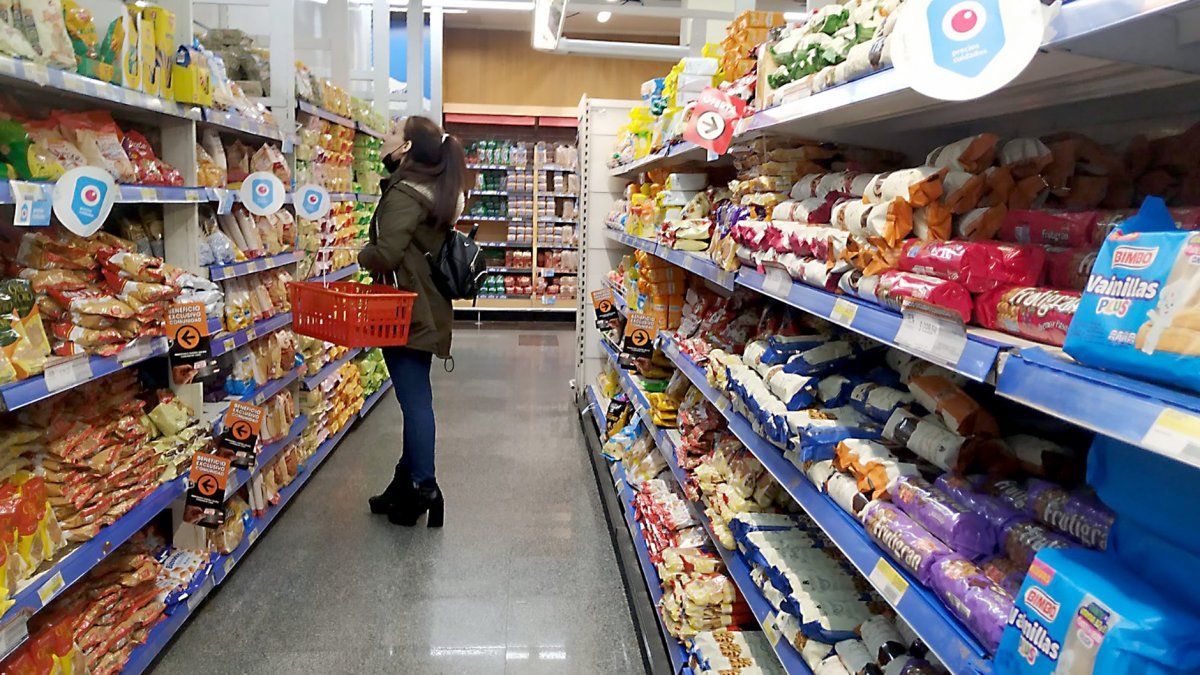As stated by INDEC a few days ago, inflation for the month of November was 4.9%, the lowest in 9 months. Likewise, the Annual inflation reached 92.4% in the same month, with an 85% increase since the beginning of the year. But these numbers simplify reality since there are products that increased much more and others that increased well below inflation.
Inflation 2022: items with higher and lower increases
The item with the highest increase was clothing and footweargrowing 122.4% per year – that is to say that clothing rose an average of 7% each month for the past year. On the other hand the The item with the lowest annual increase was communications (regulated sector), which grew by 65.3% compared to November 2021 (consistent with a monthly rate of 4.6% average).
On the other hand, at a higher level of detail, the sub-item with the greatest increase was vegetableswhich increased by 152% compared to 2021, while the lowest increase was in public transport (53.3% per year).
This makes it possible to account for a divergence in the price rhythm, with articles above 100% per year and others in the orbit of 50% per year; This makes disinflation more difficult and puts a greater degree of pressure, especially on regulated products that show a higher level of arrears. In this sense, an eventual adjustment of the regulated items could again feed the inflationary dynamics.
Inflation 2022: what is the product that increased the most?
Analyzing specific products, the maximum increase was in the kilo of onion, which grew by 466.7% compared to the same month of 2021. Other high increases were observed in the kilo of sweet potato (350.8%), potato (270.1%), and kilo bag of sugar (221%). High increases were also observed, of more than 100% annual milk, oil, meat, flour, toiletries, cleaning supplies, coffee, and alcoholic beverages.
The lowest increase occurred in the canned tomatoes (47.2%), and other products such as minced meat (46.9%), white rice (51.4%), or round tomatoes (54.8%) increased well below of inflation.
The cuts of meat, in general, increased almost 40 points less than the general level of prices: the roast rose 54.2%, while the shoulder rose 56.8%, the rump steak 57.5%, and the buttock 57.1%.
Inflation 2022: the services with the greatest variation
Services grew less than goods (84.3% vs. 95.5% per year), with heterogeneity within the segment: the service with the highest increase was restaurants and meals outside the home (93.8% per year), while the smallest increases occurred in public transport, followed by recreational and cultural services (59.4% per year).
In between, prices of prepaid (87.8% per year) and rentals (65.5% per year), in addition to telephones and internet (60.2% per year).
Inflation 2022: cbear of life
On the other hand, the basic food basket (CBA) increased 101.8% annually. The CBA contains mainly basic necessities, mostly food, delimiting what is known as the “line of indigence”.
In the meantime, the CBT -total basic basket- contains a broader catalog of products and services and delimits the ‘poverty line’, increased by 97.4% per year. Thus, it is denoted that both grew above retail inflation.
In line with this, so that For an individual not to be indigent, $20,715 was required in November, while to not be poor, $47,232 were needed. For a family of 4 people, they were $64,000 and $145,000, respectively.
Of the products expressed as part of the basic food basket, all presented strong year-on-year increases in November, such as onion, in addition to sugar, eggs (155%), noodles (140%), flour (137%), coffee (135%), apple and banana (133% both), pumpkin (128%), and bread table (112%).
In contrast, there were moderate increases in canned tomatoes, meat, rice (51.4%), peas (67.6%), orange (68.3%), and yerba mate (70.5%). The rest of the products, including dairy (milk, dulce de leche, butter, yogurt), soft drinks, alcoholic beverages, meat.
In summary, there is a greater relative price of goods that constitute basic necessity, reflecting the high increase in the cost of living.
With a food inflation of the order of 94% per year“the impact on the most vulnerable portion of society becomes noticeable. This has been crystallized in a first semester where poverty fell 1 percentage point, while indigence increased half a point. This lays the foundations of a social framework weak, where dependence on state assistance can be increased, so solving inflation becomes a pressing task,” the report concluded.
Source: Ambito
David William is a talented author who has made a name for himself in the world of writing. He is a professional author who writes on a wide range of topics, from general interest to opinion news. David is currently working as a writer at 24 hours worlds where he brings his unique perspective and in-depth research to his articles, making them both informative and engaging.




